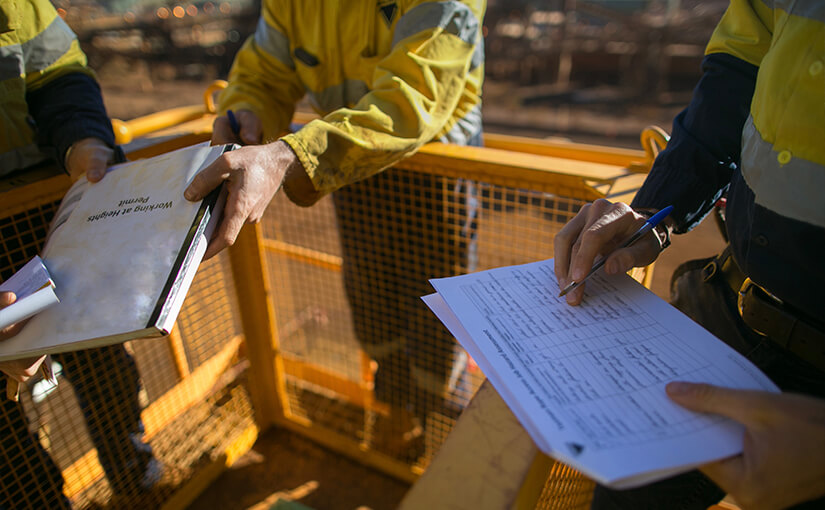JCB
If there is any company whose name is synonymous with construction equipment it has to be JCB. The company was set up by Joseph Cyril Bamford in 1945 in Uttoxeter in the North of England, with the first product a tipping trailer he put together from sheet steel that had previously been used for air raid shelters. To make the trailer Bamford used a welding set he bought secondhand for £1.
The company went on to produce the first hydraulic tipping trailer in Europe, followed in 1953 with JCB’s now hallmark product, the backhoe loader. Interestingly the first vehicles were not produced in any set colour – it was only in 1951 that the company started making all the vehicles in its trademark yellow, and two years later introduced the current JCB logo.
Today the company is globally one of the top three manufacturers of construction equipment, with 10,000 employees, selling JCB equipment in over 150 countries, including of course Australia.
It has a range of over 300 machines, still including the backhoe loader, which remains popular due to its sheer versatility. It can be found anywhere from major construction sites to small projects, and can be used for anything from hole digging and excavation to breaking up concrete and asphalt to construction materials transport (or clearing snow as in photo above). Fundamentally a basic tractor, much like a lego set a variety of different attachments are available for a very wide range of construction jobs.
A quick check on an Australian construction equipment site shows prices for a new JCB backhoe loader from $84,000 up to $125,000, with secondhand backhoe loaders starting at just $20,000.
Caterpillar
Without a doubt the 300 pound gorilla in the world of construction equipment is US manufacturer Caterpillar. The company was in fact set up well before JCB and traces its origins back to the earliest days of steam powered tractors. The founder of the company, Benjamin Holt was wrestling with the problem of how to drive a steam tractor through soft ground and was laying planks down in front of the tractor when he came up with the idea of wrapping the planks around the wheels themselves – a primitive form of tank track.
In 1904 he was testing the new technology out and the company photographer remarked that the tractor crawled along like a caterpillar. Holt had the name for his company, starting out with the name Holt Caterpillar Company. In 1907 he patented the continuous track concept for the ‘traction engine’ and three years later set up a factory in East Peoria, Illinois.
Caterpillar equipment would go on to be used in Europe in agriculture and in military use as gun tractors. Holt’s traction engine also inspired the development of the tank by the British army.
Today the company has over 400 products which are used in over 200 countries around the world. In 2011 the company reported sales of US$57 billion, with 70% of that revenue outside the US – truly a 300 pound gorilla.
And if you’re in the market for a Caterpillar machine and you’re after equipment finance or an equipment loan for it, you can pay anything between $60,000 and $600,000 for a new piece of Caterpillar kit. Brand new Ferrari or Caterpillar machine? Your choice.
